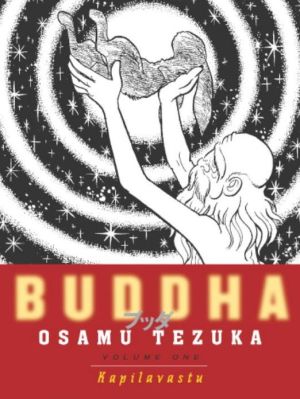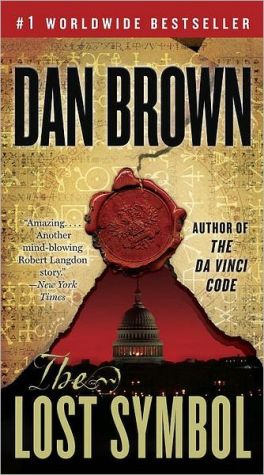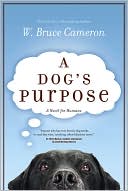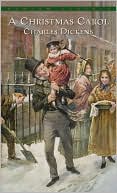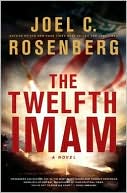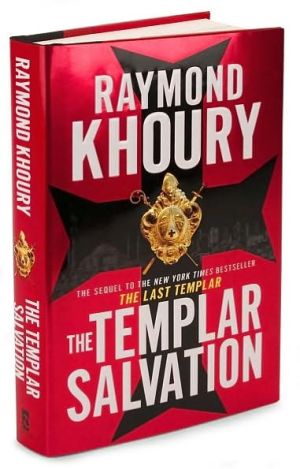Buddha, Volume 1: Kapilavastu
Osamu Tezuka’s vaunted storytelling genius, consummate skill at visual expression, and warm humanity blossom fully in his eight-volume epic of Siddhartha’s life and times. Tezuka evidences his profound grasp of the subject by contextualizing the Buddha’s ideas; the emphasis is on movement, action, emotion, and conflict as the prince Siddhartha runs away from home, travels across India, and questions Hindu practices such as ascetic self-mutilation and caste oppression. Rather than recommend...
Search in google:
This is one of the great achievements of the comics medium, a masterpiece by the great ones. Artbomb.netTime MagazineFilled with beauty, cruelty, drama, comedy, romance and violence, Osamu Tezuka's Buddha encompasses the entirety of life in a masterpiece of graphic literature. Deeply moral but never moralistic, Buddha merges the delight of cartooning with the epic seriousness of one of the great religions, becoming a thing wholly unto itself. Even if you can't achieve satori with Buddha, you can open up another world. — Andrew D. Arnold
\ Time MagazineFilled with beauty, cruelty, drama, comedy, romance and violence, Osamu Tezuka's Buddha encompasses the entirety of life in a masterpiece of graphic literature. Deeply moral but never moralistic, Buddha merges the delight of cartooning with the epic seriousness of one of the great religions, becoming a thing wholly unto itself. Even if you can't achieve satori with Buddha, you can open up another world. — Andrew D. Arnold\ \ \ \ \ Publishers WeeklyTezuka, the master of Japanese comics, mixes his own characters with history as deftly as he transfers the most profound, complex emotions onto extremely cartoony characters, and his work defies easy categorization. In Buddha, originally serialized in the 1970s and one of his last works, he lavishly retells the life of Siddhartha, who isn't even born until page 268. Instead, Tezuka introduces Chapra, a slave who attempts to escape his fate by posing as the son of a general; Tatta, a crazed wild child pariah who communes with animals; Chapra's slave mother, who stands by him no matter what; and Naradatta, a monk attempting to discover the meaning of strange portents of the Buddha's birth. Throughout the book, the characters engage in fresh and unexpected adventures, escapes and reverses, as they play out Tezuka's philosophical concern with overcoming fate and the uselessness of violence. Despite episodes of extreme brutality and broad humor, the core of the story revolves around various set pieces, as when Tatta sacrifices himself to a snake to save Naradatta and Chapra's mom. After a moment of intense emotion, the scene is upended by the arrival of a bandit who mocks their attempts at keeping their karmic slates clean. "Why were you all fussing over some stupid trade? Why not just kill the snake and eat it?" The answer unfolds over succeeding volumes. Heavily influenced by Walt Disney, Tezuka's often cute characters may take some getting used to, but his storytelling is strong and clean. Appearing in handsome packages designed by Chip Kidd, this is a stunning achievement. (Oct. 2003) Copyright 2003 Reed Business Information.\ \ \ Library JournalThis excellent book begins an eight-volume hardcover presentation of one of manga master Tezuka's mature works: an epic historical fiction GN based on the life of Siddhartha Gautama, the Buddha. In this volume, Tezuka weaves the story of the Buddha's portentous birth with the stories of the slave Chapra, rising in the world but separated from his loving mother, and the pariah Tattva (even lower in the Indian caste system than a slave), who has the power to possess the bodies of animals. Any reader expecting a dry biography is in for a surprise: the story is full of action and laced with Tezuka's trademark goofy humor. Tezuka shares nuggets of Buddhist philosophy while also showing a more humanist compassion for the suffering and the downtrodden. Tezuka's figures are cartoony in the style familiar from Astro Boy, but he shows his range as an artist with the book's many realistic and detailed landscapes. There's a good deal of nudity here, all in non-titillating contexts. Appropriate for older teens but probably of more interest to adults; recommended for all collections. Copyright 2004 Reed Business Information.\ \
